
How to Use Adapter 5V 2A: Examples, Pinouts, and Specs
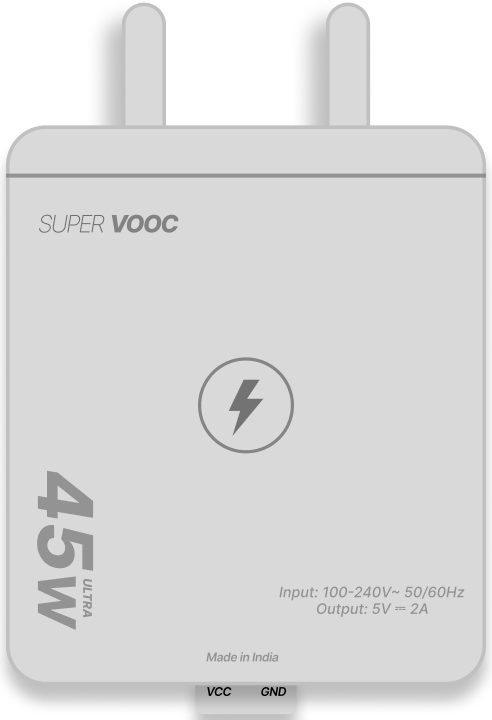
 Design with Adapter 5V 2A in Cirkit Designer
Design with Adapter 5V 2A in Cirkit DesignerIntroduction
The Adapter 5V 2A is a power supply device designed to convert AC voltage from a standard wall outlet into a stable 5V DC output. It is capable of delivering up to 2A of current, making it suitable for powering a wide range of electronic devices. This adapter is commonly used in applications such as powering microcontrollers, single-board computers (e.g., Raspberry Pi), IoT devices, LED strips, and other low-power electronic circuits.
Explore Projects Built with Adapter 5V 2A
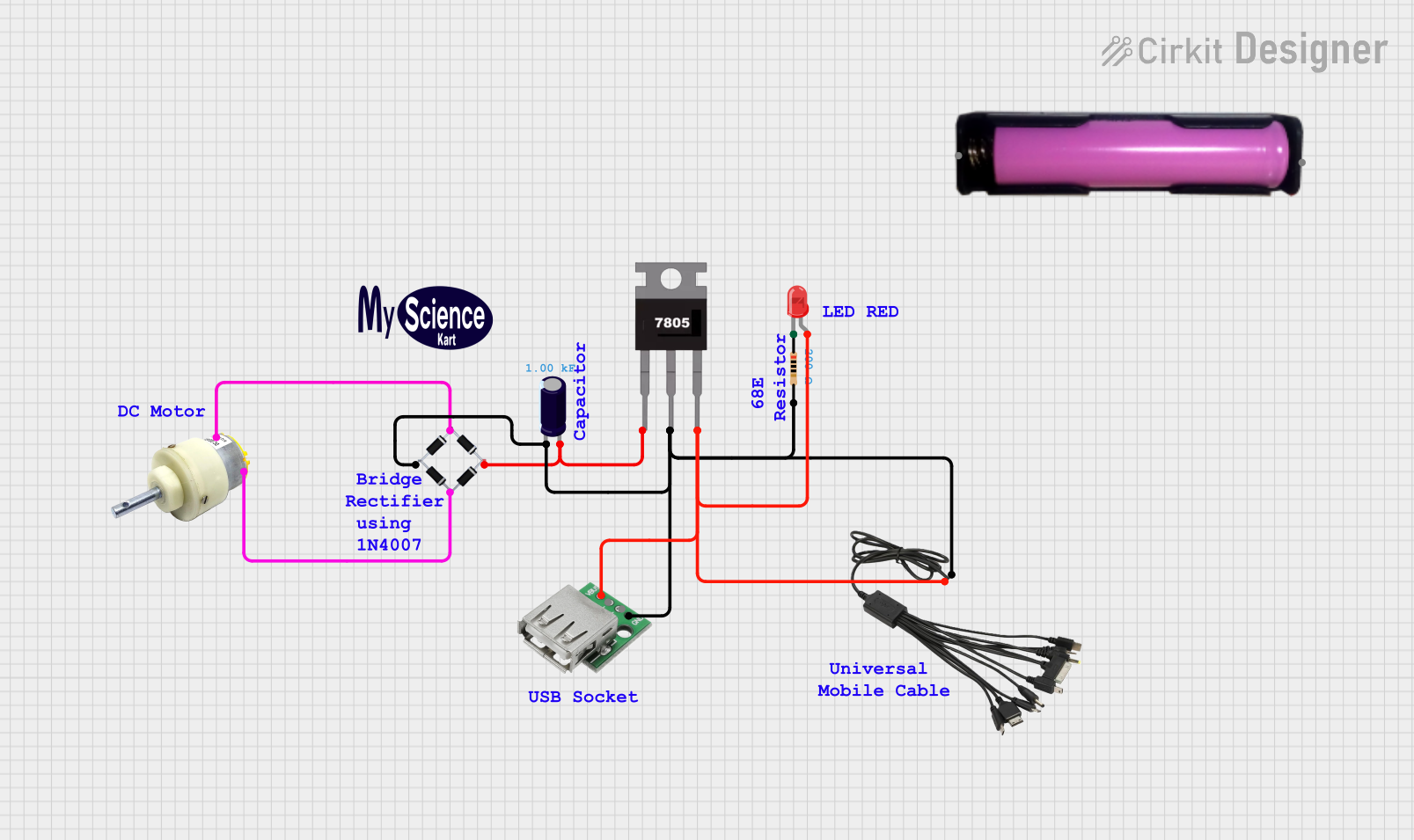
 Open Project in Cirkit Designer
Open Project in Cirkit Designer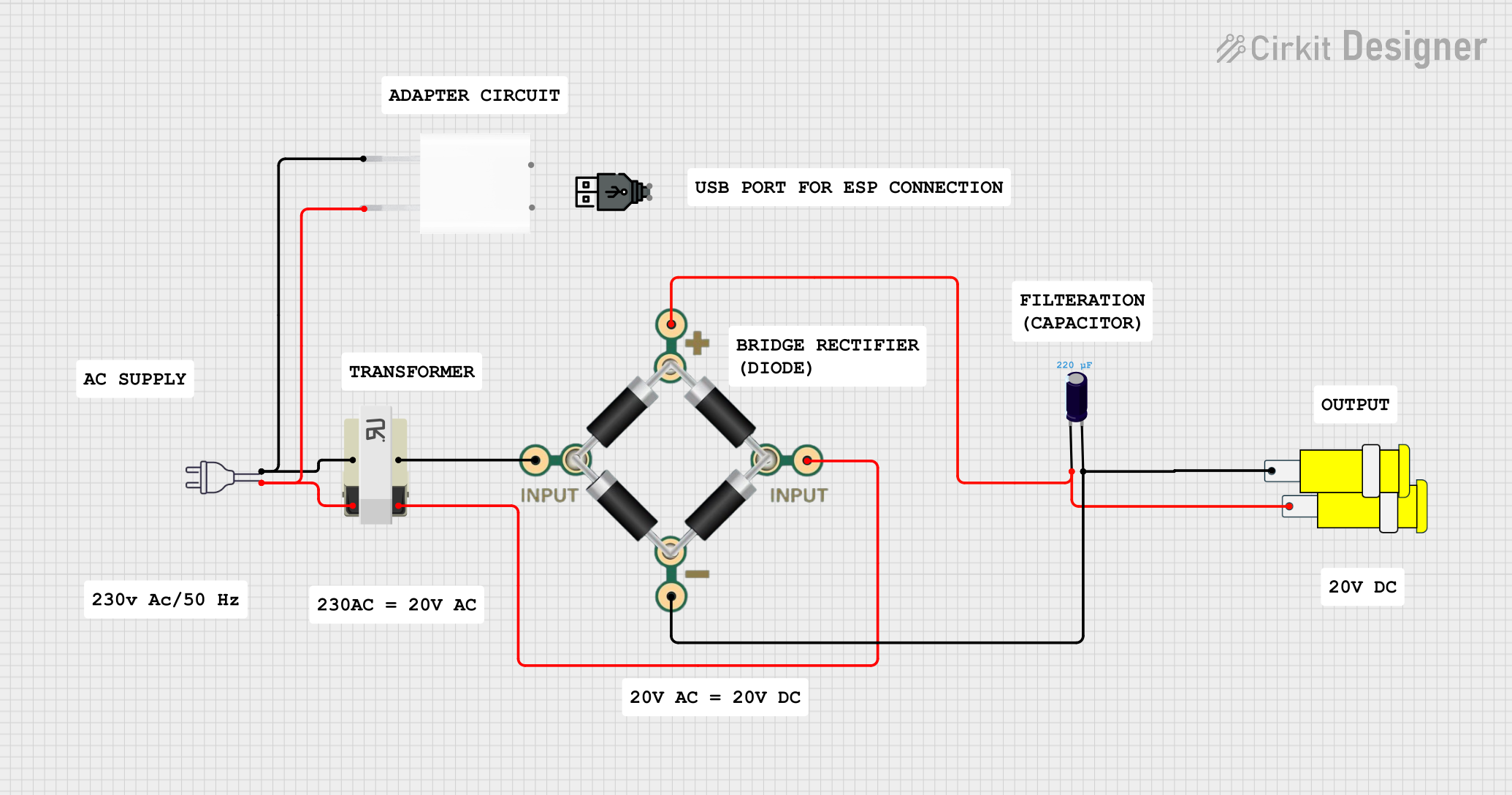
 Open Project in Cirkit Designer
Open Project in Cirkit Designer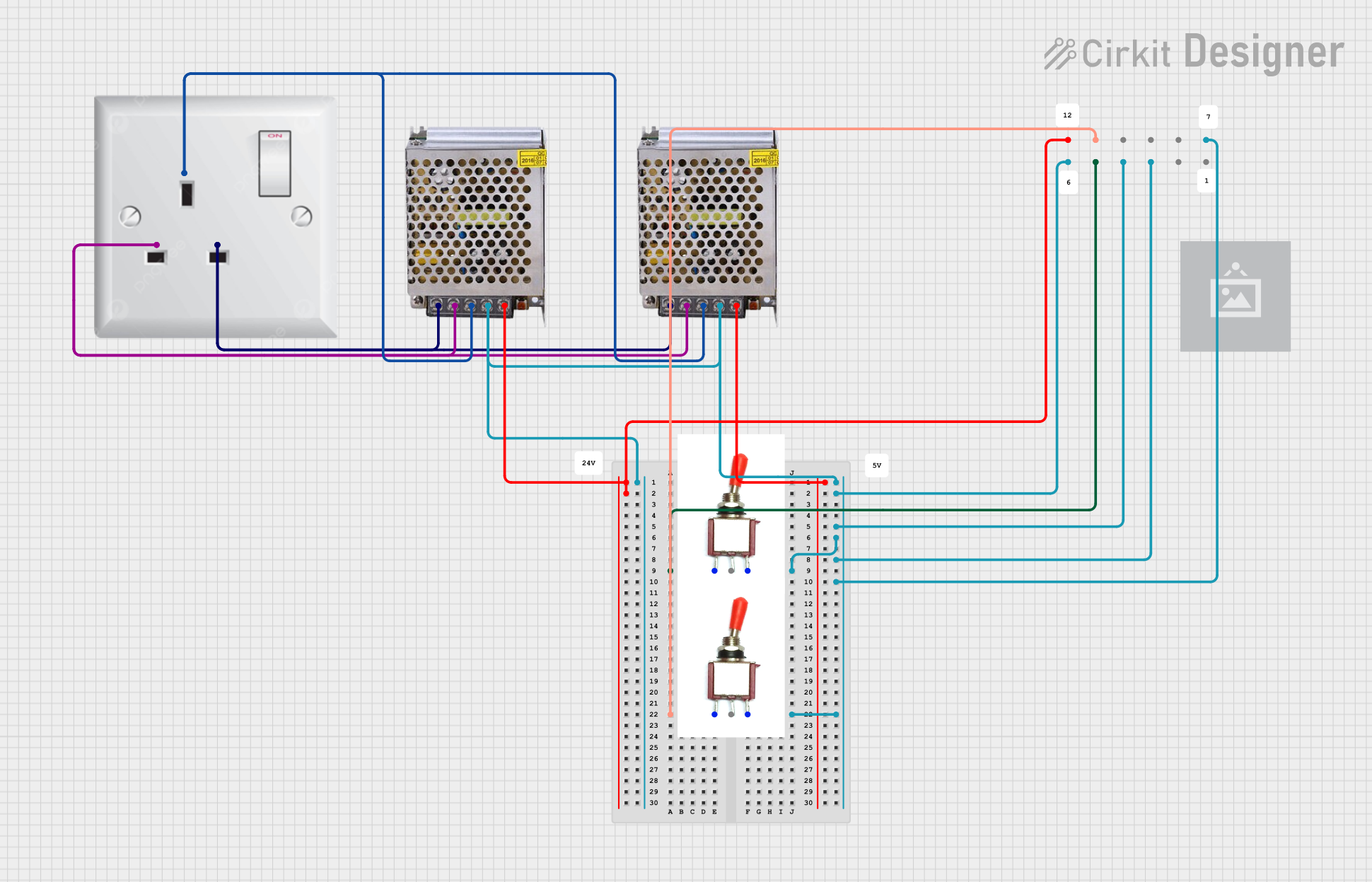
 Open Project in Cirkit Designer
Open Project in Cirkit Designer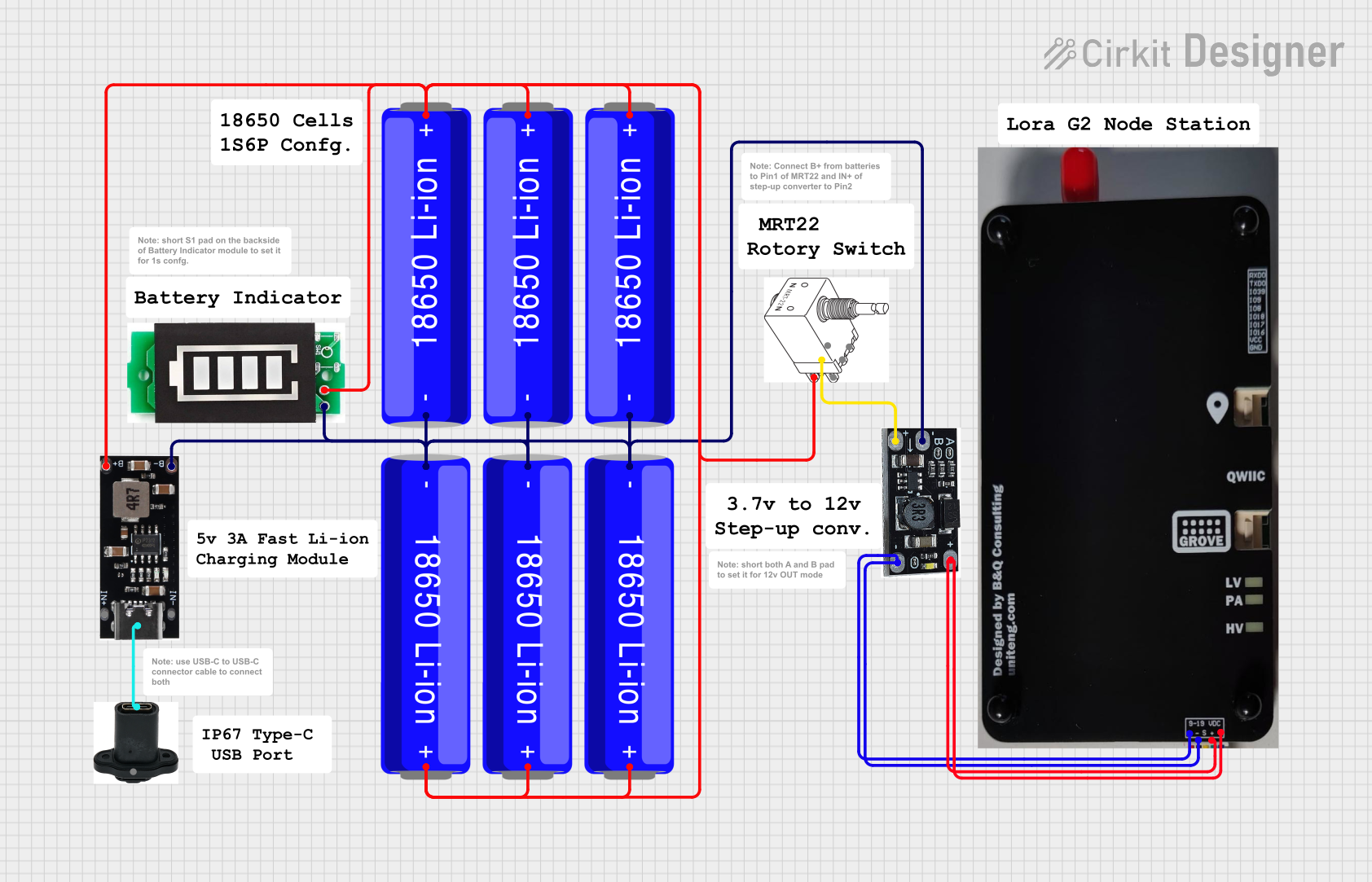
 Open Project in Cirkit Designer
Open Project in Cirkit DesignerExplore Projects Built with Adapter 5V 2A

 Open Project in Cirkit Designer
Open Project in Cirkit Designer
 Open Project in Cirkit Designer
Open Project in Cirkit Designer
 Open Project in Cirkit Designer
Open Project in Cirkit Designer
 Open Project in Cirkit Designer
Open Project in Cirkit DesignerCommon Applications and Use Cases
- Powering development boards like Arduino, Raspberry Pi, and ESP32.
- Supplying power to USB-powered devices.
- Driving small DC motors or servos in robotics projects.
- Providing power to LED strips or small lighting systems.
- Charging small electronic gadgets.
Technical Specifications
The following table outlines the key technical details of the Adapter 5V 2A:
| Parameter | Specification |
|---|---|
| Input Voltage | 100-240V AC, 50/60Hz |
| Output Voltage | 5V DC |
| Maximum Output Current | 2A |
| Power Output | 10W |
| Connector Type | Barrel Jack (commonly 5.5mm x 2.1mm) |
| Efficiency | ≥ 80% |
| Protection Features | Overload, Short Circuit, Overvoltage |
Pin Configuration and Descriptions
The Adapter 5V 2A typically has a barrel jack connector. The pin configuration is as follows:
| Pin | Description |
|---|---|
| Center | Positive terminal (+5V DC) |
| Outer | Negative terminal (Ground) |
Usage Instructions
How to Use the Adapter in a Circuit
- Verify Compatibility: Ensure the device or circuit you are powering requires a 5V DC input and does not exceed 2A of current.
- Connect the Adapter: Plug the adapter into a standard AC wall outlet. Connect the barrel jack to the power input of your device or circuit.
- Polarity Check: Confirm that the center pin of the barrel jack is connected to the positive terminal and the outer sleeve to the ground. Incorrect polarity can damage your device.
- Power On: Once connected, turn on the device or circuit. The adapter will provide a stable 5V DC output.
Important Considerations and Best Practices
- Avoid Overloading: Do not connect devices that draw more than 2A, as this may cause the adapter to overheat or fail.
- Check Connector Compatibility: Ensure the barrel jack size matches your device's power input port (commonly 5.5mm x 2.1mm).
- Use in a Ventilated Area: To prevent overheating, use the adapter in a well-ventilated space.
- Avoid Short Circuits: Ensure proper insulation and connections to prevent short circuits, which could damage the adapter or connected devices.
Example: Using the Adapter with an Arduino UNO
The Adapter 5V 2A can be used to power an Arduino UNO via its barrel jack input. Below is an example of how to connect and use it:
- Plug the adapter into a wall outlet.
- Connect the barrel jack to the Arduino UNO's power input port.
- The Arduino UNO will automatically regulate the 5V input to power its components.
If you want to test the Arduino UNO with a simple LED blink program, use the following code:
// Simple LED Blink Program for Arduino UNO
// This program blinks the built-in LED on pin 13
void setup() {
pinMode(13, OUTPUT); // Set pin 13 as an output
}
void loop() {
digitalWrite(13, HIGH); // Turn the LED on
delay(1000); // Wait for 1 second
digitalWrite(13, LOW); // Turn the LED off
delay(1000); // Wait for 1 second
}
Troubleshooting and FAQs
Common Issues and Solutions
Adapter Not Powering the Device
- Cause: The device may require more than 2A of current.
- Solution: Verify the current requirements of your device. If it exceeds 2A, use a higher-rated power supply.
Device Not Turning On
- Cause: Incorrect polarity or loose connections.
- Solution: Check the polarity of the barrel jack and ensure all connections are secure.
Adapter Overheating
- Cause: Overloading or poor ventilation.
- Solution: Reduce the load on the adapter and ensure it is used in a well-ventilated area.
Intermittent Power Supply
- Cause: Faulty adapter or damaged cable.
- Solution: Inspect the adapter and cable for physical damage. Replace if necessary.
FAQs
Q: Can I use this adapter to charge a smartphone?
A: Yes, if the smartphone supports 5V charging and the adapter's connector is compatible. However, most smartphones use USB connectors, so you may need an adapter or cable with a USB output.
Q: Is this adapter suitable for powering a Raspberry Pi?
A: Yes, the Adapter 5V 2A is suitable for most Raspberry Pi models. However, ensure that the total current draw of the Raspberry Pi and connected peripherals does not exceed 2A.
Q: Can I use this adapter with a breadboard power supply module?
A: Yes, as long as the module accepts a 5V DC input via a barrel jack connector.
Q: What happens if I connect a device that requires more than 2A?
A: The adapter may overheat, shut down, or fail. Always ensure the connected device's current requirements are within the adapter's 2A limit.